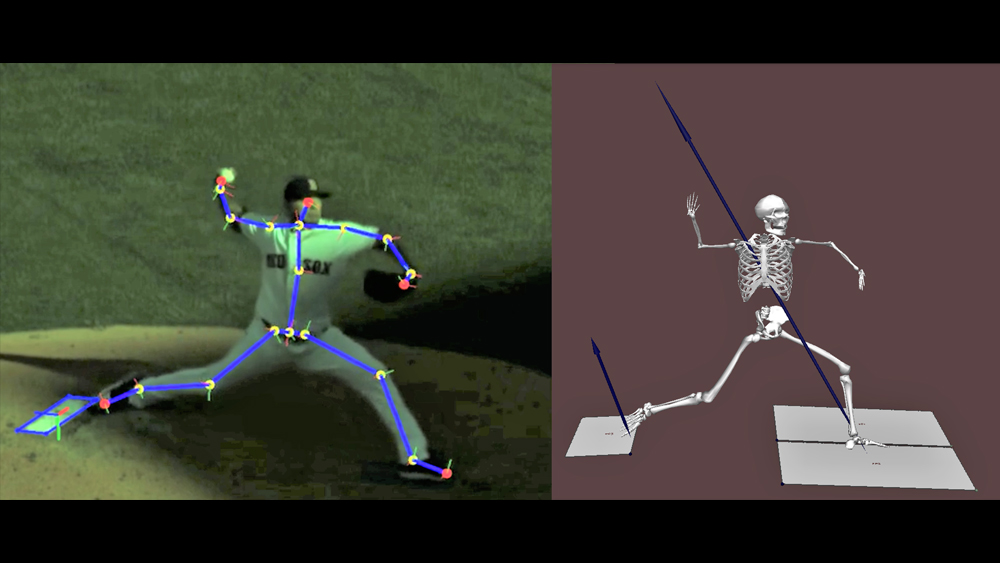The Impact of Technology on Sports Training and Performance
The Impact of Technology on Sports Training and Performance
Introduction:
Advancements in technology have revolutionized the world of sports, providing athletes and coaches with innovative tools to enhance training methods and optimize performance. From wearable devices to data analytics, technology has become an integral part of sports training, enabling athletes to reach new levels of excellence. In this article, we explore the profound impact of technology on sports training and performance, highlighting its benefits and potential for further advancement.
Wearable Technology and Tracking Devices:Wearable technology, such as fitness trackers, smartwatches, and GPS devices, has transformed how athletes monitor and track their performance. These devices provide real-time data on metrics like heart rate, speed, distance, and even sleep patterns. By analyzing this data, athletes and coaches can gain insights into training intensity, recovery periods, and optimal performance levels. Wearable technology allows for more personalized training programs, helping athletes maximize their potential while minimizing the risk of injuries.
Virtual Reality (VR) and Augmented Reality (AR):Virtual Reality and Augmented Reality technologies have made significant contributions to sports training. VR enables athletes to visualize and practice scenarios in a simulated environment, enhancing decision-making skills, reaction times, and spatial awareness. AR overlays digital information onto the real-world environment, providing instant feedback and guidance during training sessions. These immersive technologies are particularly useful for sports that require precise movements and strategic decision-making, such as tennis, golf, and basketball.
Big Data Analytics:The utilization of big data analytics has transformed how coaches and teams analyze and interpret vast amounts of information. By collecting and analyzing data from various sources, such as video footage, wearable devices, and performance metrics, coaches can identify patterns, trends, and areas for improvement. This data-driven approach enables teams to develop game strategies, optimize training routines, and make informed decisions to gain a competitive edge. Big data analytics provide valuable insights into individual and team performances, helping athletes reach their full potential.
Biomechanics and Motion Analysis:Biomechanics and motion analysis technologies play a crucial role in optimizing technique and preventing injuries. High-speed cameras, motion sensors, and 3D imaging systems capture and analyze an athlete's movements with precision. Coaches and sports scientists can evaluate biomechanical factors, such as body position, joint angles, and force exertion, to identify flaws and make corrective adjustments. By fine-tuning technique based on objective data, athletes can enhance their performance and reduce the risk of repetitive strain injuries.
Video Analysis and Performance Feedback:
Video analysis has become an essential tool in sports training, allowing coaches and athletes to review performances, identify strengths, and pinpoint areas for improvement. High-definition cameras and video editing software enable detailed frame-by-frame analysis of technique, tactics, and game strategies. Athletes can receive immediate feedback, understand their strengths and weaknesses, and make adjustments accordingly. Video analysis also aids in scouting opponents, studying game patterns, and enhancing tactical awareness.
Conclusion:
Technology has transformed the landscape of sports training and performance, empowering athletes and coaches with advanced tools and data-driven insights. From wearable devices and virtual reality to big data analytics and artificial intelligence, technology continues to push the boundaries of what athletes can achieve. As technology continues to evolve, its integration into sports training will enable even greater advancements, optimizing performance, reducing the risk of injuries, and ultimately enhancing the sporting experience for athletes and fans alike.
References:



Comments
Post a Comment